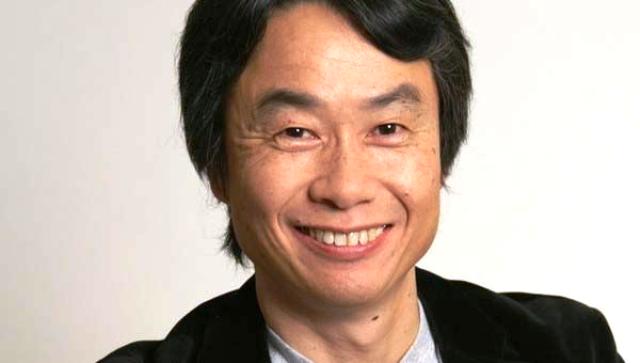Miyamoto on Star Fox 2, how Nintendo approaches characters, has “many” successors, more
Last month, The Wall Street Journal was given an opportunity to interview Shigeru Miyamoto. Miyamoto discussed a number of topics, including Star Fox 2, why Nintendo’s characters are so endearing, his successor, and more.
You can read up on what Miyamoto had to say after the break. We have most of his comments in the post, though you can find some additional words from him on The Wall Street Journal here.
On Star Fox 2…
Shigeru Miyamoto: We had a special chip called the Super FX chip that enabled hardware and software to work together to use polygons for 3D-style gameplay on the Super NES, which was essentially a 2D system. The chip, which we put on cartridges, was very expensive but also a pretty high-spec.
We designed the “Star Fox” sequel around this chip, but we also started approaching the era where 3D consoles were getting ready to be released. Even though we finished the game, we realized it was going to feel old compared with games about to come out. So we never released it.
On amiibo for Star Fox Zero…
Miyamoto: There will be one new amiibo, the character Falco. He’s part of the “Super Smash Bros.” line but also a “Star Fox” character. You’ll get something — it’s a surprise.
On his favorite Star Fox character…
Miyamoto: It’s Fox, but maybe that’s because I am Fox, I turn into Fox. … But my official answer: Slippy.
On whether Fox or Mario would win in a battle…
Miyamoto: Fox is pretty strong in “Super Smash Brothers.” The other way to decide is to see what game I make next. Is it another “Star Fox” or “Mario”?
On why Nintendo’s characters are so enduring…
Miyamoto: When we’re creating games, we don’t start with characters. We start with the game system. What is going to be a fun experience? We design the experience first.
Then we figure out what character fits best with that gameplay. Often, what you see in the toy industry or in other entertainment industries — Japan in particular — is people try to create something similar to what is already popular. We try to do something unique. As we continue to make games that support those characters, the franchise begins to take on its own identity, which stands apart from our other character lines. The identity we have for each group of characters is what helps them stay in people’s memories for so long.
On Miyamoto’s successor…
Miyamoto: I have many. In the past, I would often have ideas for games that I would want to create and I would tell the different teams that work for me to make the games. I’ve been working with my teams for a long time. “Splatoon” is an example—the idea came from the younger members of that team. At the senior level, we supported them. So that’s how we are transitioning.
